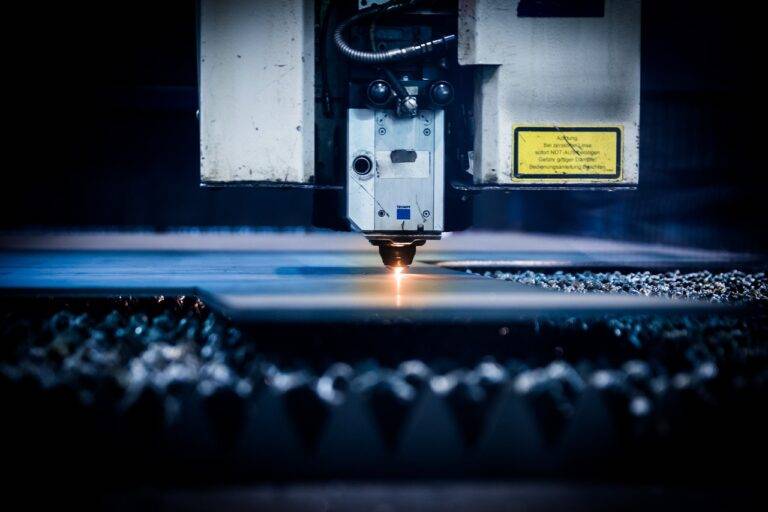Understanding Dryer Machines 60Hz: What You Need to Know for Optimal Performance
Dryer machines are essential appliances in both commercial and residential laundry operations. One important specification that often comes up when purchasing or servicing a dryer is the frequency rating — commonly 60Hz in many regions. Understanding what a Dryer Machine 60Hz means and how it affects performance, compatibility, and efficiency is crucial for making informed decisions.
This guide will help you grasp the significance of 60Hz in dryer machines, explore its benefits, and provide tips for choosing and maintaining the right dryer for your needs.
What Does 60Hz Mean in Dryer Machines?
The term 60Hz refers to the frequency of the electrical current the dryer uses. Hertz (Hz) is the unit of frequency that measures cycles per second of an alternating current (AC). In simple terms, a 60Hz dryer machine is designed to operate with power supplies that cycle 60 times per second, which is standard in countries like the United States, Canada, and parts of South America and Asia.
This frequency affects how the dryer’s motor and heating elements function, influencing speed, timing, and overall performance.
Why Is 60Hz Important for Dryer Machines?
Compatibility with Electrical Supply
A dryer machine must match the power frequency of the location it is used in. Using a 60Hz machine on a 50Hz power supply (common in Europe and other regions) can lead to motor overheating, reduced lifespan, and inefficient operation.
Consistent Motor Speed and Cycle Timing
The frequency impacts the motor’s speed since synchronous motors run at speeds related to the power frequency. A 60Hz machine ensures that the drum rotation, timer, and sensors function correctly to deliver optimal drying performance.
Energy Efficiency
Dryers designed for 60Hz systems are optimized to operate efficiently at this frequency, reducing power consumption and lowering utility bills.
Features to Look for in a 60Hz Dryer Machine
-
Motor Type: Reliable motors designed specifically for 60Hz ensure durability and smooth operation.
-
Heating System: Electric or gas heating elements optimized for 60Hz frequency maintain consistent drying temperatures.
-
Control Panel: Programmable controls synced with 60Hz frequency cycles offer accurate cycle timing and flexibility.
-
Safety Features: Automatic shutoffs, thermal cutoffs, and overload protection designed for 60Hz systems enhance user safety.
-
Energy Efficiency Ratings: Look for models certified for energy conservation at 60Hz.
Applications of 60Hz Dryer Machines
-
Residential Homes: Most dryers sold in 60Hz regions are tailored for home use, ensuring compatibility and reliable performance.
-
Commercial Laundries: Industrial dryers designed for 60Hz power supply handle large volumes efficiently in laundromats and hotels.
-
Hospitals and Healthcare: Dryers adhering to 60Hz specifications provide consistent drying of linens and uniforms, crucial for hygiene.
-
Hospitality Industry: Hotels and resorts rely on 60Hz dryers for quick turnaround of large laundry loads.
Maintenance Tips for Dryer Machines 60Hz
-
Regularly clean lint filters and vents to maintain airflow and prevent overheating.
-
Inspect electrical connections to ensure the dryer receives stable 60Hz power without voltage drops.
-
Avoid overloading the drum to reduce strain on the motor and heating system.
-
Schedule routine professional servicing to check motor health, belts, and sensors.
-
Use dryer settings that align with load type to optimize cycle length and energy use.
Common Questions About Dryer Machines 60Hz
Q1: Can a 60Hz dryer be used in a 50Hz region?
Using a 60Hz dryer in a 50Hz power supply area is not recommended as it can cause motor damage, inefficient operation, and safety hazards.
Q2: How does 60Hz affect drying time?
The dryer’s motor and timer are calibrated for 60 cycles per second, ensuring accurate drying times. Using the incorrect frequency can alter cycle duration and results.
Q3: Are all dryers in the U.S. 60Hz?
Yes, most dryers sold in the U.S. and other 60Hz regions are designed to operate on a 60Hz electrical supply.
Q4: What should I do if I move a dryer to a country with a different frequency?
You should consult the manufacturer before using the dryer in a different frequency environment. Voltage converters or transformers might not address frequency differences and could cause damage.
Q5: Does frequency affect energy consumption?
Yes, dryers optimized for their designated frequency consume energy more efficiently and provide better performance.
Conclusion
Understanding the significance of 60Hz in dryer machines is vital for ensuring compatibility, safety, and efficient operation. Whether you’re purchasing a new dryer or maintaining an existing one, knowing the role of frequency helps you avoid costly repairs and achieve consistent drying results. Always select dryers rated for your local power supply to maximize lifespan and performance.
Proper maintenance and correct usage of a 60Hz dryer machine can keep your laundry operations running smoothly, whether at home, in commercial laundries, or industrial settings.
Read More
- https://businessmagazine.com.in/can-you-use-a-50hz-fridge-on-60hz-power-everything-you-need-to-know/







